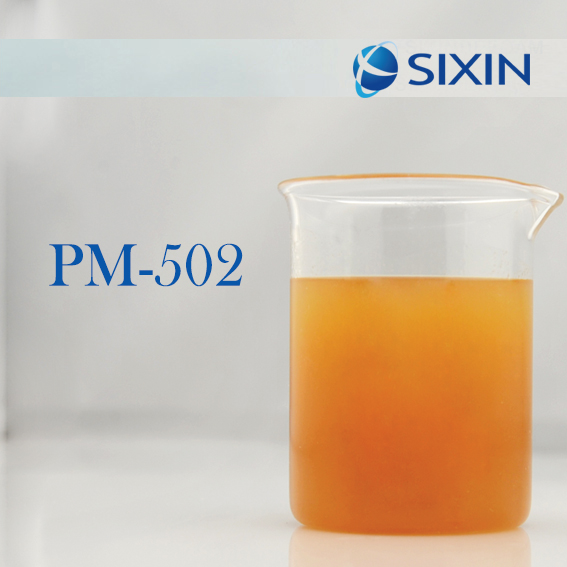Understanding the Types of Defoamers
Defoamers in general must be low surface tension surface active agents which are insoluble in the foaming medium. Their functionality depends on their carrier fluid, hydrophobic particles, dispersing agents, and preservative package. Different lines of chemistry have different functions and surface activity. In all cases, the goal is to destabilize foam lamellas and rupture air bubbles.
Polyether Defoamer
Polyethers are water dispersible concentrates that are stable at high temperatures where fatty alcohol emulsions degrade. The nature of the chemistry is to promote deaeration, as well as defoaming and antifoaming. Their versatile application range includes paper machines, coatings, and fermentation.
Polymer defoamers
Polymeric defoamers have a limited but important range of application. Pulp processing which is subject to intense requirements of minute silicone carryover and deposits require these functional chemistry. In addition to pulp, oil/gas processing applications have benefited from the concentrated polymer defoamer products without silicone contamination.




